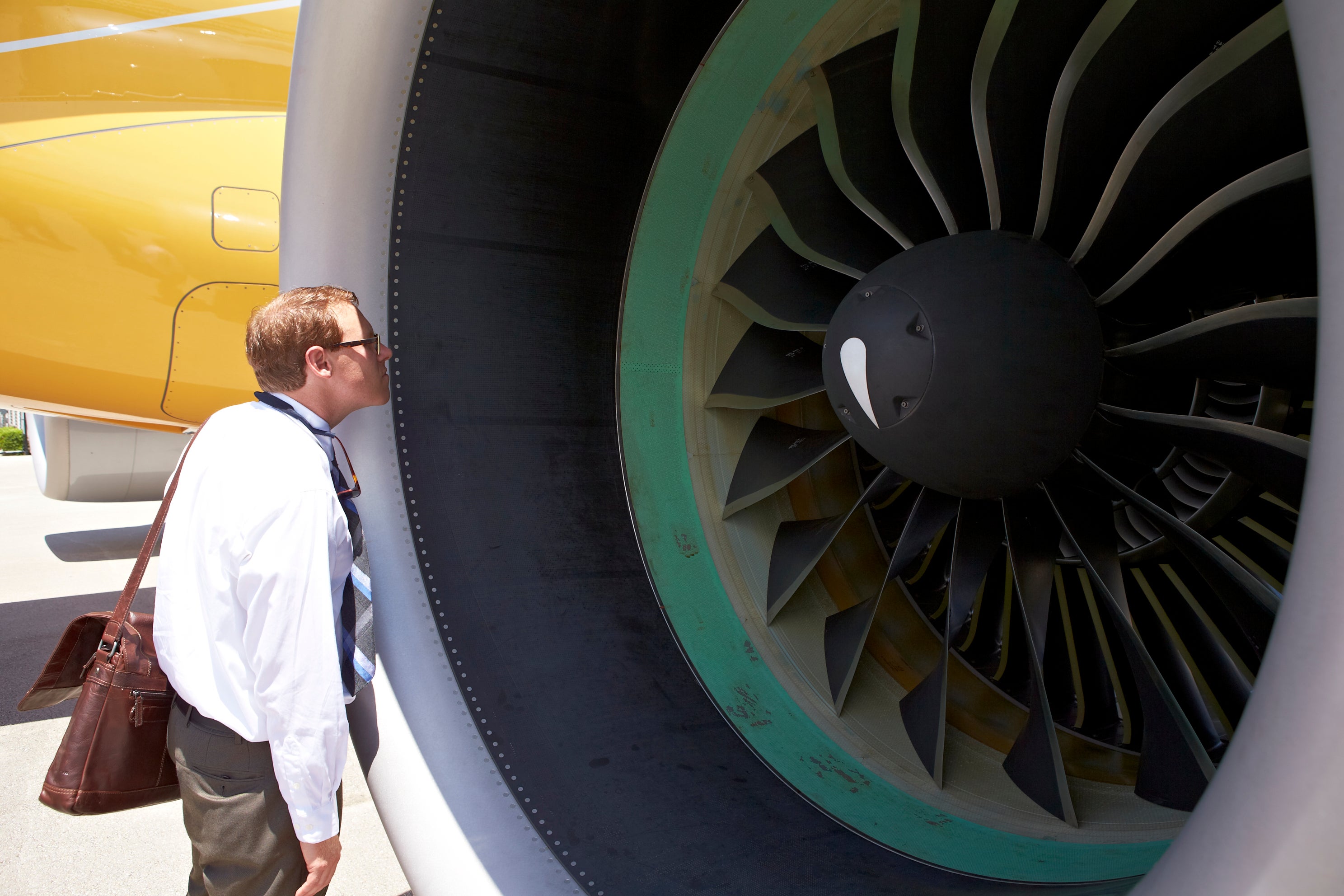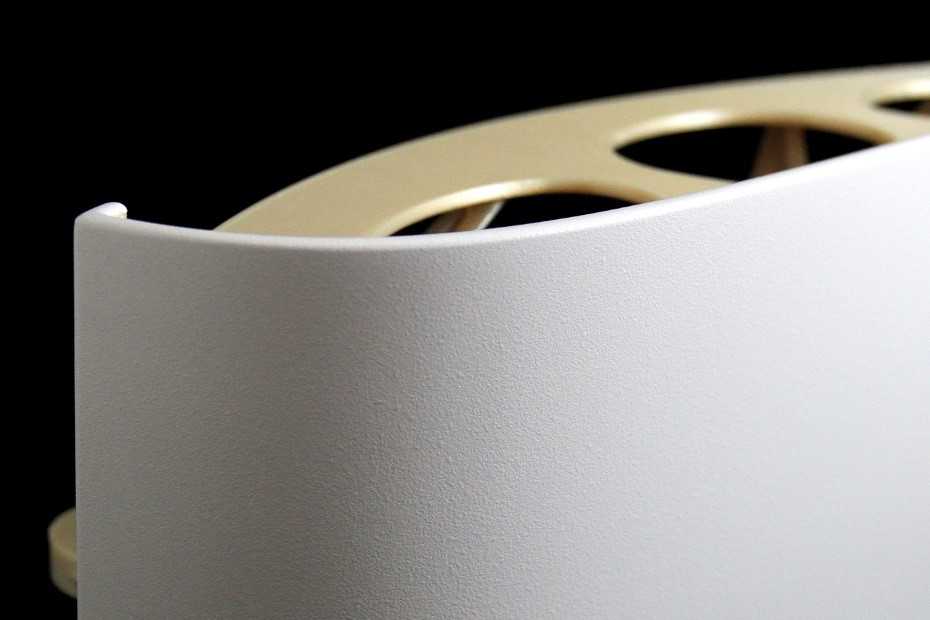there is one thing China can not compete with, it is the main concept.
Su-75 is one engined, F-35, has one engine, why?
First is producibility and price, single engine fighters are cheaper to make.
Another thing is Su-57 and Su-75 use the same engine, same is basically F-22 and F-35 since f-135 is an evolution of f-119.
the smaller engine relies more in fuel why?
Propulsive Energy is the Key
The theory put into practice with turbofans is something called propulsive efficiency.
It is much more efficient to move a large volume of air at relatively slower speeds than to move a small volume of air at higher speeds.
In flight, the fan blades spin at around
3,000 RPM. Any higher and the fan tips start to run supersonically, making a huge amount of noise in the form of a piercing drone. In contrast, the low pressure shaft spins at 12,000 RPM and
the high-pressure shaft at around 20,000 RPM. So, how do you slow down this rotation — going from a high RPM at the back of the engine to a lower RPM at the front?
The numbers are staggering, the technology is almost incredible -- and yet they power the safest form of transportation.

thepointsguy.com
. On a jet, an inch of thrust lever movement at a low rpm may be worth only 200 pounds of thrust, but at a
high rpm that same inch of movement might amount to closer to 2,000 pounds
https://www.faa.gov/regulations_pol...ation/airplane_handbook/media/17_afh_ch15.pdf
. As rpm increases, mass flow, temperature, and efficiency
also increase. Therefore, much more thrust is produced per increment of throttle movement near the top of the range than near the bottom.
https://www.flightliteracy.com/operating-the-jet-engine-part-two/
The basic thrust equation indicates that as forward speed Va increases it is necessary to increase either the mass flow, or exit velocity Vex , or both, in order to hold the thrust, F, constant.
In the supersonic region afterburner equipped engines enable large increase in thrust with Mach number
.
basically is you increase the temperature or the air mass flow, basically a bigger blade or engine diameter, smaller blades need higher RPM or more fuel burn so this increases the need for better materials.


